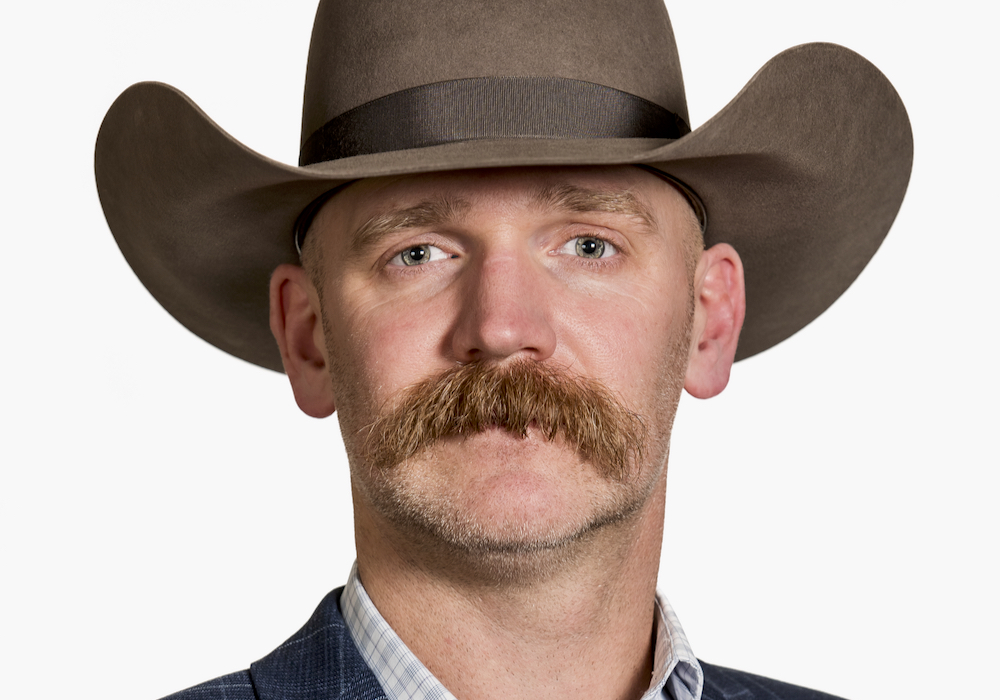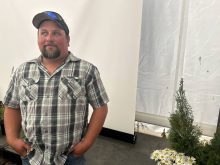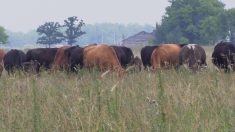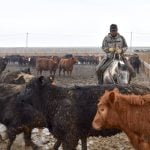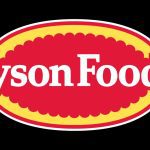Matthew Atkinson chose an interesting time to join the board of the Manitoba Beef Producers (MBP).
It was spring 2020. In the beef sector, issues around Crown lands were at full boil, following the drop of a new regulatory system the previous fall. Leaseholders in the Parkland and Interlake were furious about changes to their rent, to their term lengths, to their ability to transfer rights for the leased land, and to a myriad of other things under the new rules.
With a cow-calf operation northwest of Neepawa and pasturing some of his animals near Ste. Rose du Lac — one of the hubs for emergency leaseholder meetings over the previous few months — it was close to home.
Read Also
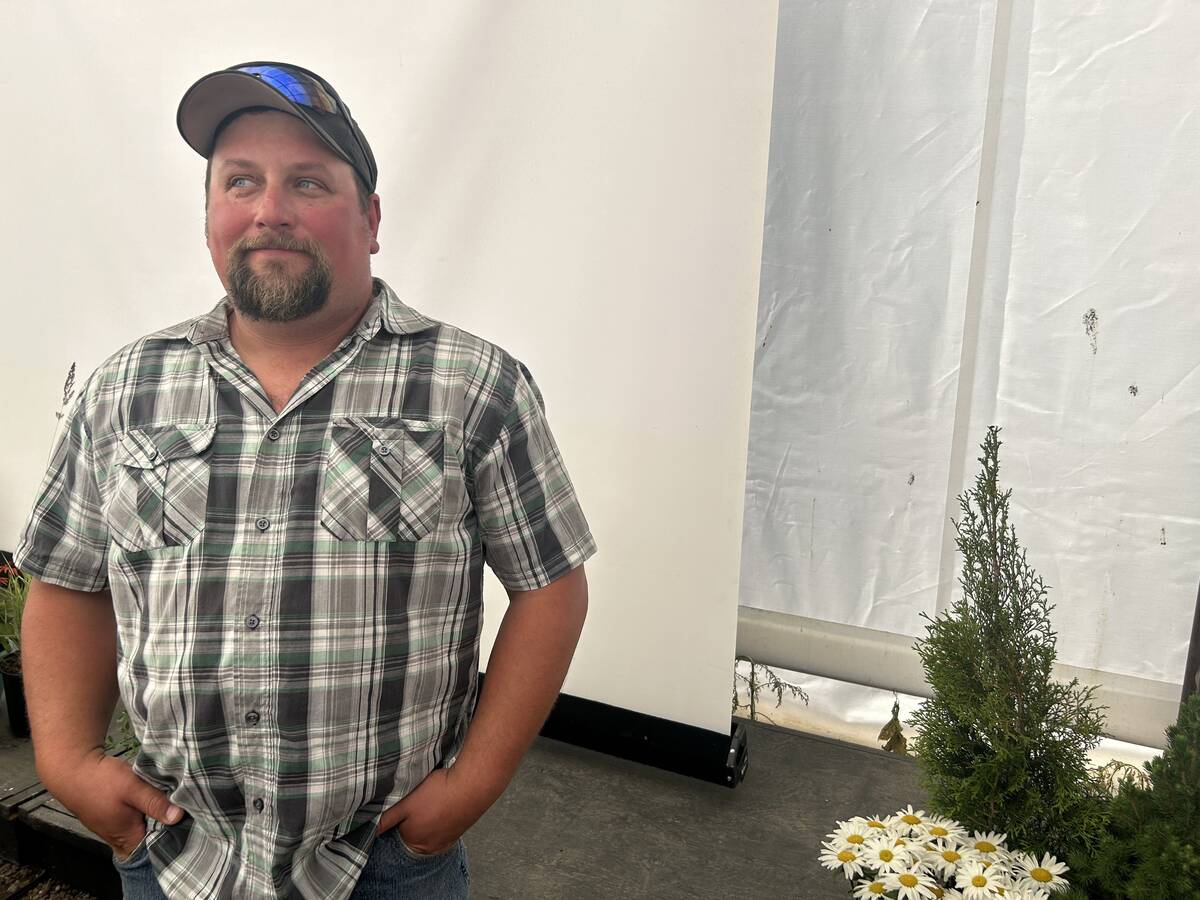
Three paths of rengerative agriculture
From integrating livestock to grassland financial incentives to precision grazing, Canadian farmers are searching for practical paths to marry farm resilience with profit
That issue, at least, was already in play when Atkinson took his first board seat. He was not, however, expecting to spend the next couple of years operating under pandemic conditions. Nor was he expecting to represent an industry in crisis when 2021, and historic drought conditions, rolled around.
“I think we had one board meeting and then we came into the full swing of COVID…it’s been an eventful time on the board, for certain, between COVID and drought and then, of course, Crown land and spring storms and everything else,” he said.
Why it matters: Atkinson takes over the president’s role as the sector continues to recover from major herd reductions.
Today, Atkinson is at the head of the table.
The western Manitoba producer took over as MBP president from Tyler Fulton, who held the role since 2021, in early February.
After joining the board in 2020, Atkinson quickly moved up to more executive roles. In 2021, he was named second vice president of the organization, a role that later shifted to sole vice president when his counterpart stepped down.
“We do have such a good board,” he said. “I know we’ve said it before, and we’ll say it again: They’re good friends who will call you out and disagree… but still remain friends.”
Looking ahead
While the name at the head of the board has changed, Atkinson says most of his goals will be to stay on the trajectory laid out by Fulton and the previous board.
Fulton, who now takes a past president role, left “really big shoes to fill,” Atkinson said.
Crown lands are very much a sticking point, he noted.
Among other things, MBP has been pushing for more gradual rent increases, better valuation for land improvements and another look at unit transfers, which new rules have removed.
Business risk management is yet another ongoing issue.
MBP has lobbied both the provincial and federal governments to overhaul business risk management programs, arguing that many of the current programs do not mesh well with livestock production, while things like livestock price insurance do not enjoy the cost-shared premiums of crop insurance.
Profitability, “whatever that may look like going forward,” is another omnipresent drive, Atkinson said.
“We have some better pricing than what we’ve seen in a few years. Our industry certainly needed it, but we’ve had a lot of increasing costs of everything else.”
The sector also continues to push for valuation of ecological goods and services, such as habitat and water retention linked to drought and flood mitigation.
And there is, of course, the matter of rebuilding.
The beef sector is still reeling from the impacts of 2021 — not helped by calf losses in some areas last spring.
Between 2019 and 2022, official numbers suggested that beef cows (not counting replacement heifers) had slid nine per cent.
“It’s a real correction. We’ve seen a lot of cattle gone down the road and a lot of cattle continuing to be sold, both in terms of herd dispersals and some higher culling rates through markets in the last year or so,” Atkinson said.
Still, he noted, the current market — which is enjoying some of the best prices since the peaks of 2015 — is raising optimism in the sector. Exits from the industry also mean there is land available that is suitable only for grazing.
He argued, however, that the beef producer’s ability to stay competitive when accessing that land will come back to business risk management and ecological goods and services.


